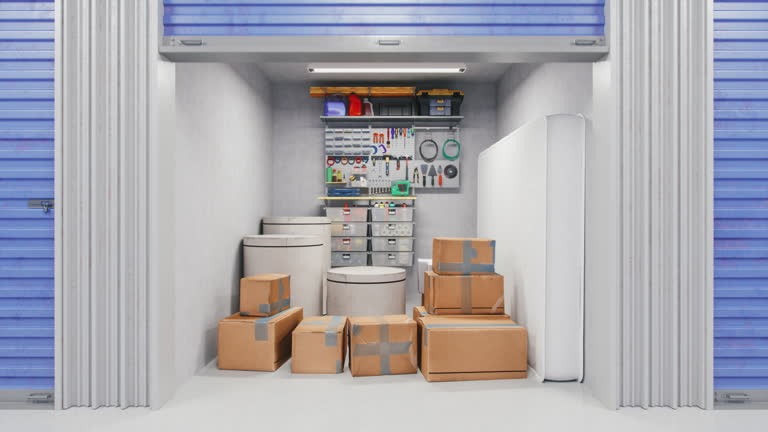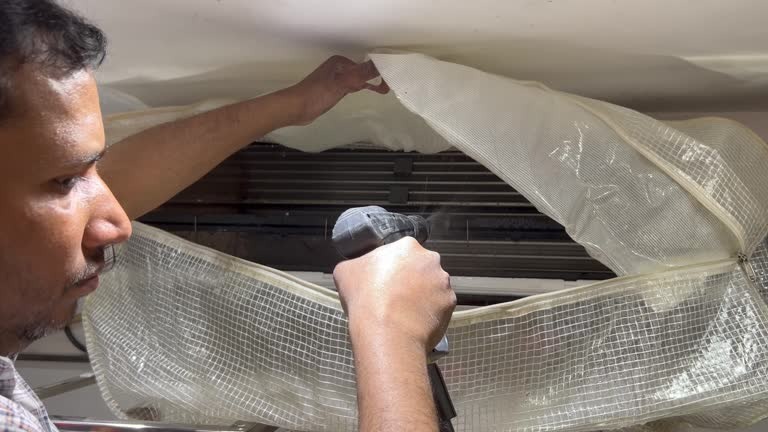
Achieving dental alignment is a common goal for many individuals seeking to improve both the functionality and appearance of their teeth. Properly aligned teeth contribute not only to a more attractive smile but also to better oral health by facilitating easier cleaning and reducing the risk of gum disease and tooth decay. The journey toward dental alignment begins with understanding the available options and selecting the method that best suits your needs, lifestyle, and budget.
The first step in achieving dental alignment is consulting with a qualified orthodontist or dentist who specializes in corrective treatments. A thorough examination will typically include X-rays, photographs, and impressions of your teeth to create an accurate diagnosis. This evaluation helps determine the severity of misalignment and identifies any underlying issues such as bite problems or jaw irregularities that might require additional attention.
Traditional braces remain one of the most effective solutions for correcting various degrees of dental misalignment. These devices use metal brackets affixed to each tooth connected by wires, which are periodically tightened to gradually shift teeth into proper position. While highly effective, traditional braces may be less appealing due to their visibility and potential discomfort during adjustments.
In recent years, clear aligners have gained popularity as visit our site a discreet alternative to braces. These custom-made trays fit snugly over your teeth and are nearly invisible when worn. Clear aligners offer flexibility since they can be removed for eating or special occasions; however, they require discipline in wearing them consistently-typically 20-22 hours per day-to ensure progress.
Other orthodontic appliances such as retainers play an essential role after active treatment has concluded by maintaining newly aligned teeth in place and preventing relapse. Retainers can be fixed or removable depending on individual cases.
It is important to maintain excellent oral hygiene throughout treatment because appliances can trap food particles leading to plaque buildup if not cleaned properly. Regular visits with your dental professional allow monitoring progress while addressing any concerns promptly.
Choosing the right treatment depends on factors including age, complexity of alignment issues, lifestyle preferences, time commitment required for treatment duration, cost considerations, and personal comfort levels with visible devices versus invisible options.
Ultimately, achieving optimal dental alignment requires patience alongside professional guidance combined with consistent care at home. By following recommended protocols closely from initial consultation through post-treatment maintenance phases patients can enjoy lasting benefits encompassing improved aesthetics coupled with enhanced oral health functionally speaking-a confident smile achieved through well-aligned teeth stands as both an investment in appearance along with overall wellbeing alike.



